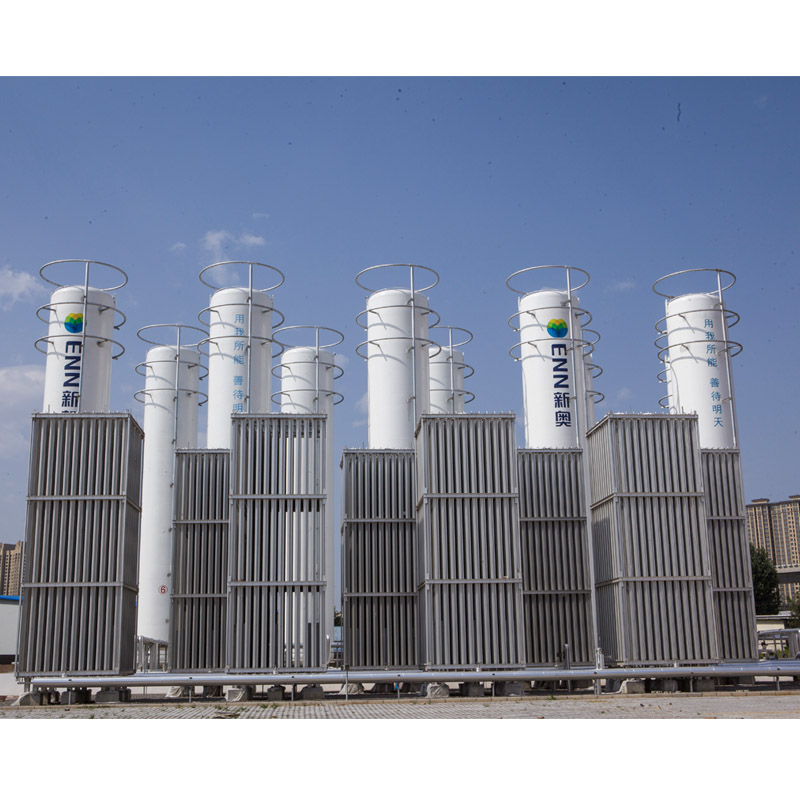
7 月 . 30, 2024 06:31
Back to list
Innovative Solutions for Efficient Pressure Pipe Systems and Their Applications in Modern Infrastructure
The Importance of Pressure Pipe in Modern Infrastructure
In today's world, the role of pressure pipes is crucial in the efficient transportation of various fluids, from water to industrial chemicals. These pipes are specifically designed to withstand high internal pressures, making them essential for a wide range of applications in municipal, industrial, and agricultural sectors. This article delves into the significance, materials, design considerations, and applications of pressure pipes.
Understanding Pressure Pipes
Pressure pipes are designed to carry fluids under pressure, ensuring minimal leakage and maximum flow efficiency. Unlike gravity pipes that rely on gravitational force to move liquids, pressure pipes must be constructed to endure the stresses caused by the pressure within. This necessitates precise engineering and manufacturing methods to ensure the pipes can handle not only the fluid pressure but also external factors like temperature variations, soil movement, and potential impacts.
Materials Used in Pressure Pipes
The choice of material for pressure pipes is vital as it affects durability, cost, and application suitability
. Common materials include1. PVC (Polyvinyl Chloride) Known for its lightweight and corrosion-resistant properties, PVC pipes are widely used in water supply systems and irrigation. Their low cost and ease of installation make them a favorite for residential use.
2. HDPE (High-Density Polyethylene) Recognized for its high strength-to-density ratio, HDPE pipes are often used for gas distribution and sewage systems. Their flexibility allows them to be installed in challenging terrains without the risk of cracking.
3. Ductile Iron This material is often used in water mains due to its high tensile strength. Ductile iron pipes can withstand significant pressure and are resistant to various environmental stresses, including corrosion when properly coated.
4. Steel Steel pipes, including galvanized and stainless steel, are favored in high-pressure applications, such as industrial processes. Their robustness makes them suitable for transporting oil, natural gas, and chemicals.
Design Considerations
pressure pipe

Designing pressure pipes involves considering several critical factors
1. Pressure Ratings Pipes must be rated for the maximum pressure they will encounter, often expressed in pounds per square inch (psi). This rating informs engineers of the suitable material and thickness required.
2. Pipe Diameter The diameter influences the flow rate of the fluid. Engineers must ensure that the chosen diameter can handle the expected flow without excessive pressure loss.
3. Temperature Fluctuations Pipes must be designed to withstand the thermal expansion and contraction of materials due to temperature changes, which can cause weakening over time.
4. Installation Environment The installation environment can significantly impact pipe performance. Factors such as soil type, potential corrosive elements, and proximity to other infrastructure must be considered.
Applications of Pressure Pipes
Pressure pipes are found in numerous applications across various sectors
- Water Supply Systems Ensuring potable water reaches households and businesses efficiently. - Sewage Systems Transporting wastewater and preventing leaks that can lead to environmental contamination. - Irrigation Facilitating agricultural productivity by delivering water to crops. - Oil and Gas Transport Safely transporting hydrocarbons from extraction points to refineries and consumers.
Conclusion
In conclusion, pressure pipes are a fundamental component of modern infrastructure, enabling the efficient and safe transport of fluids. With advancements in materials and technology, the durability and efficiency of pressure pipes continue to improve, catering to the growing demands of urbanization and industrialization. As we look to the future, the role of pressure pipes will only become more prominent, making it essential for engineers, planners, and policymakers to prioritize effective pressure pipe design and implementation in their projects.
Latest news
-
Unlocking The Quality Gas Pressure ReducersNewsNov.01,2024
-
The Role of Gas Pressure Reducing StationsNewsNov.01,2024
-
The Importance and Functionality of Safety Relief ValvesNewsNov.01,2024
-
The Essential Role of Safety Valves in Natural Gas ApplicationsNewsNov.01,2024
-
The Essential Role of Gas Pressure RegulatorsNewsNov.01,2024
-
Enhance Your Premium Gas FiltersNewsNov.01,2024

